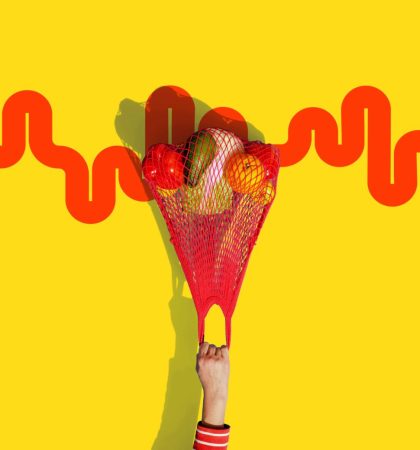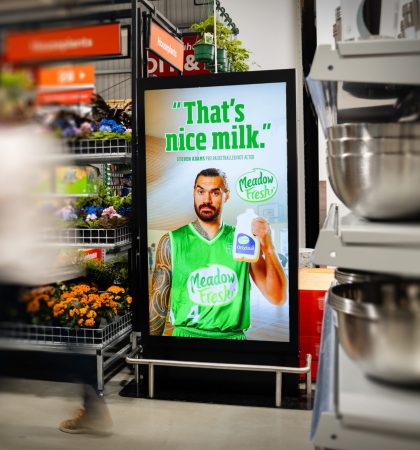This is a guest article, supplied by our instore screens partner, reo and written by General Manager, Barry McGhee.
Every journey starts with a step
As consumers begin their shopping journey, they are influenced by targeted ads they encounter across various digital touchpoints within a retailer’s ecosystem.
The retail media network is orchestrating every step in this journey.
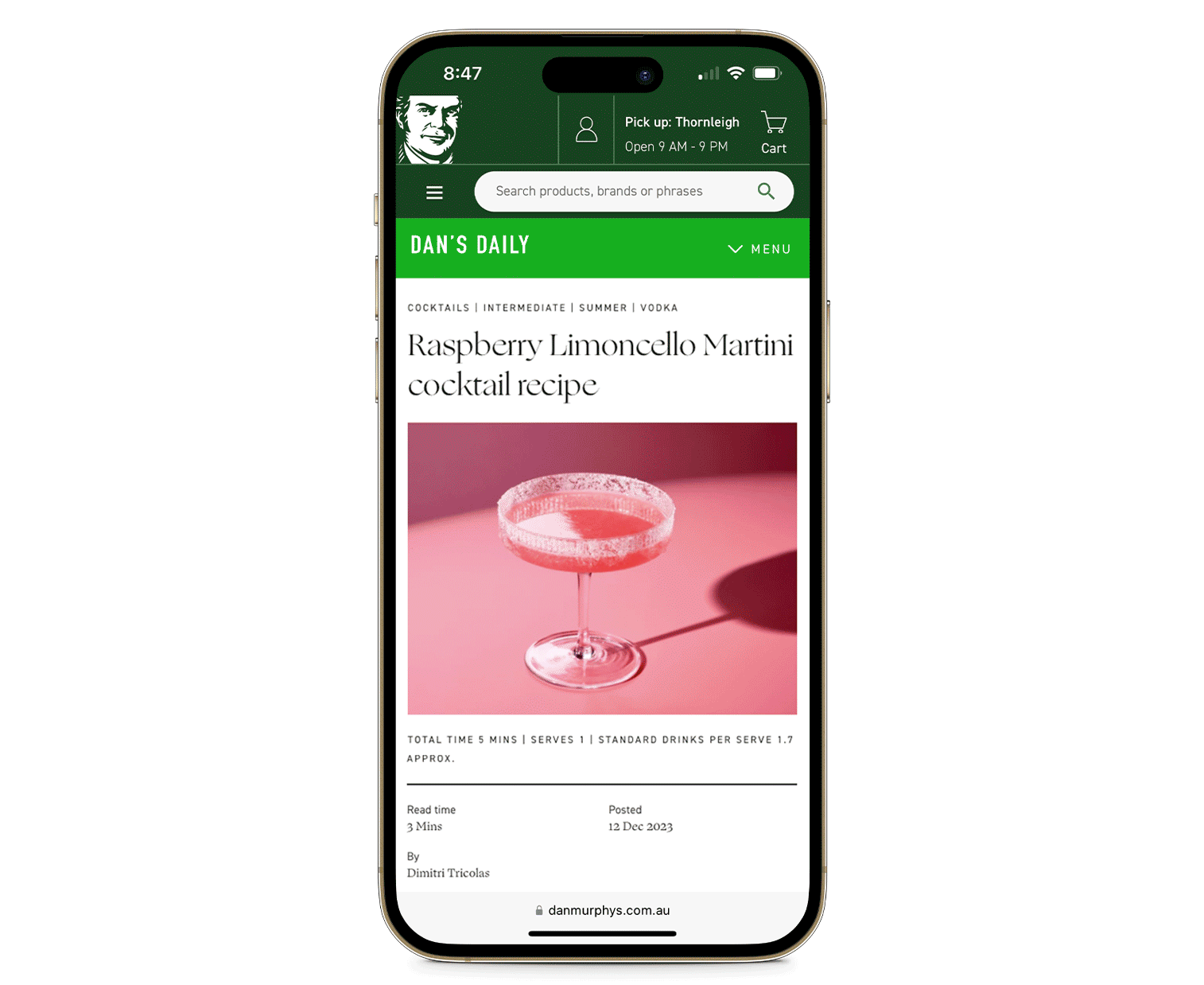
Stage 1. Research, Awareness and Interest
Retailers are now central to the discovery and awareness phase of the consumer journey, driving brand visibility through highly relevant, contextually targeted content on their platforms. For instance, grocery ecommerce sites feature recipes that integrate branded ingredients, allowing consumers to discover products in everyday contexts. Similarly, Adore Beauty showcases skincare guides, tutorials and product reviews that connect beauty brands with shoppers’ specific needs, blending inspiration with product consideration. This early-stage engagement enables retailers to influence the consumer journey from awareness to consideration with content that feels informative rather than intrusive.
With first party data from loyalty programs, site visits and browsing habits, retailers can also identify where certain audience segments might be under-indexing in engagement or conversion. This insight empowers brands to make strategic targeting decisions such as Penfolds reaching young professionals entering “adulting” stages who might be interested in premium drinks selections. As 87% of consumers are more likely to click on ads that align with their interests or current shopping needs, personalised brand ads become an essential tool for retailers to engage and influence consumers at the top of the funnel, setting the foundation for a stronger consideration phase and, ultimately, conversion.
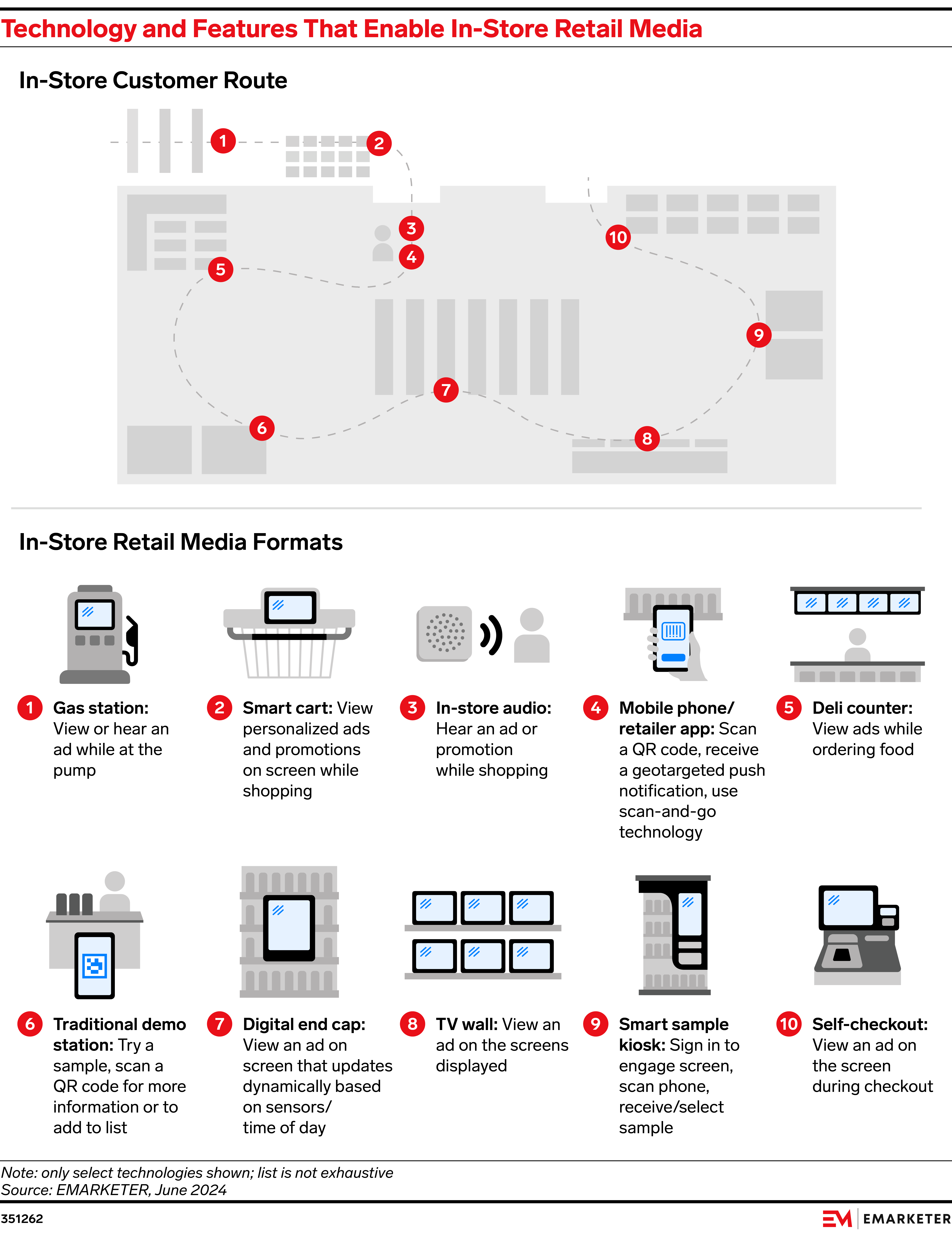
Stage 2. Consideration
As shoppers approach the decision making phase, the proximity of ads within the retail environment becomes critical. RMN’s enable brands to place their messages strategically at the point of purchase – whether on a retailer’s website or through in-app notifications. Research shows that ads positioned at these critical moments can significantly impact purchase decisions. In fact, Grocery TV found that 87% of consumers were accepting or positive towards in-store advertising, ranking it at the top of other advertising channels in terms of its effects on experience.
Stage 3. Purchase
When consumers are ready to buy in-store, retail media networks play a pivotal role in guiding and enhancing their purchase journey. By the time a shopper enters the store, they may already have engaged with targeted digital touchpoints like email promotions or app notifications. Once in the store, these brand messages are reinforced by dynamic digital screens positioned near the product category or final purchase area.
4. Post-Purchase Engagement
After the purchase, RMNs play a crucial role in extending the consumer journey by building brand loyalty and driving repeat purchase. Through targeted follow up ads, RMNs allow brands to reengage shoppers with reminders about past purchases and suggestions for complimentary products, creating opportunities for upsells and personalised recommendations. Additionally, brands can leverage valuable insights from RMNs such as analysing ‘bought together’ and ‘viewed together’ patterns, helping them present highly relevant product pairings to consumers. By measuring customer lifetime value (CLV) and using these insights to tailor post purchase interactions RMNs can foster a stronger, ongoing connection between consumers and brands, boosting loyalty and maximising future purchase potential.
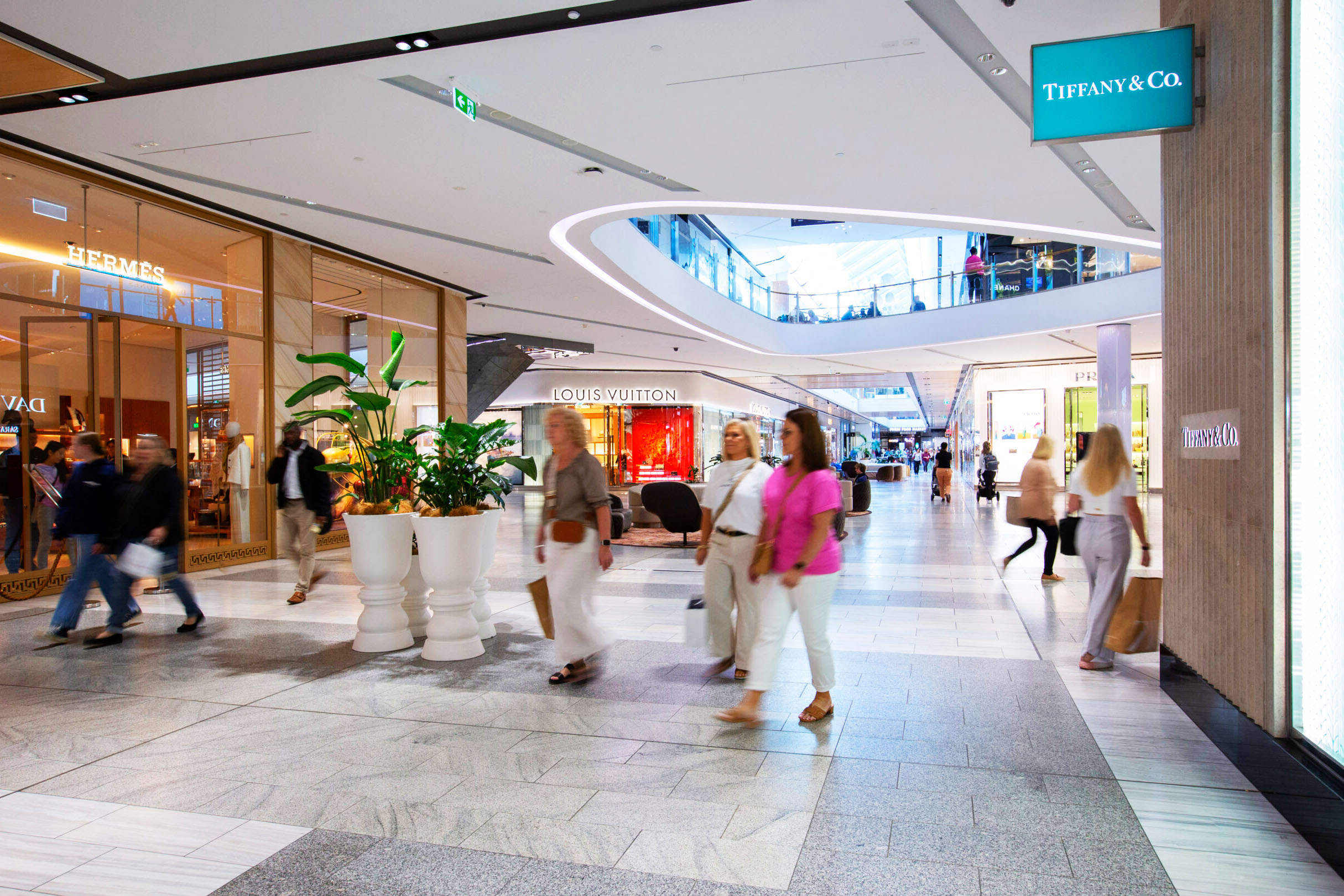
Sidenote: Building trust through contextual and non-intrusive advertising
Retail Media Networks offer a unique, contextually relevant, ad environment that effectively reduces consumer ad fatigue and enhances trust. By integrating ads directly into the retailer’s ecosystem – whether on instore screens, websites or emails – brands align with the customer journey rather than interrupt it. This type of non-intrusive advertising is essential in todays landscape where consumers are increasingly wary of intrusive ads.

Barry McGhee
Barry is the General Manager of reo and a retail media OG having worked in the category since 2014. He's also a well known Golf tragic.




